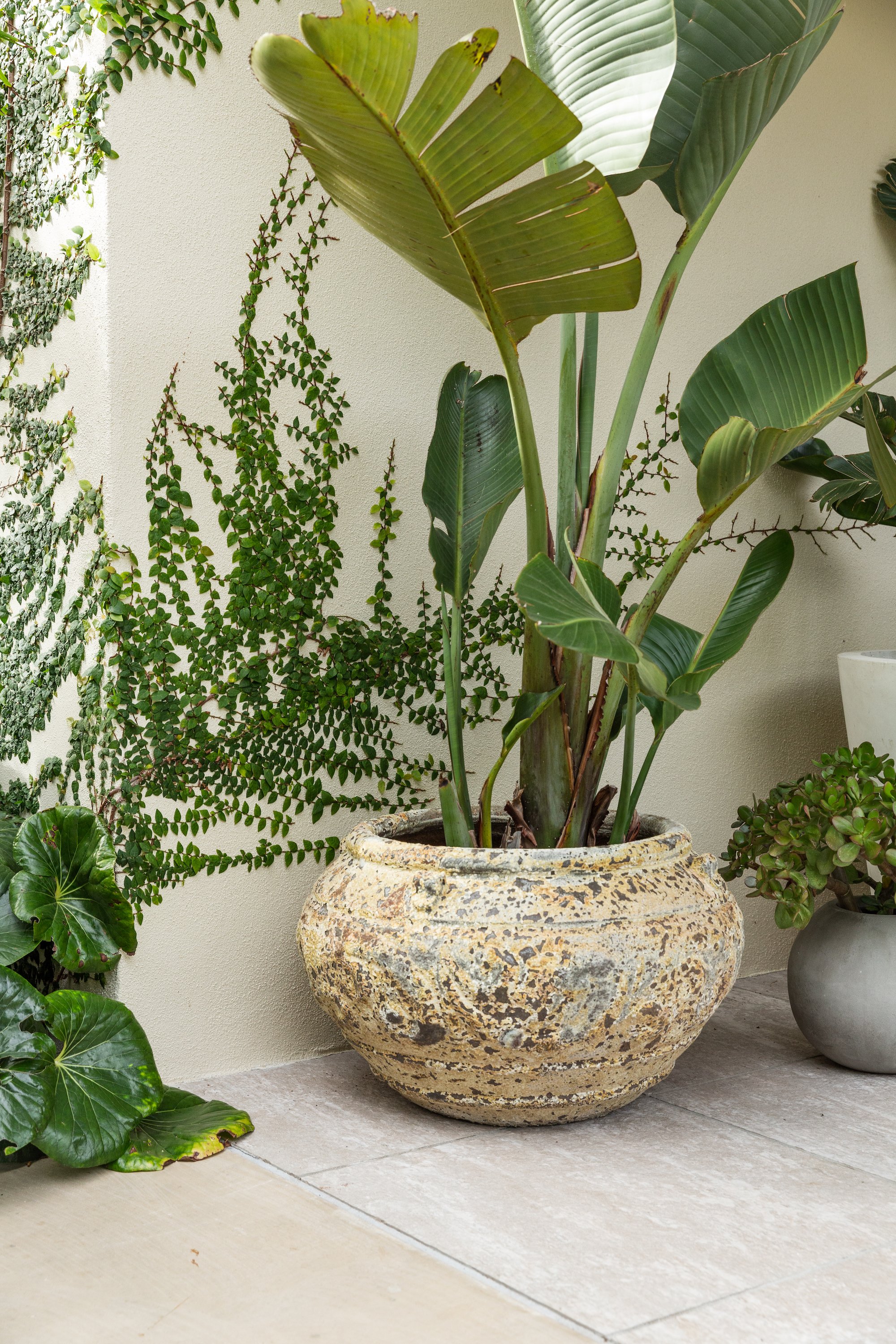
Blending our built environment with our natural environment, creating healthy + balanced spaces; inside + out.
From the air we share, to the sounds we hear - we’re more connected to our immediate environment than we realise, especially given the average person spends 21 hours per day inside - almost 90% of our time. The impacts of where and how we spend our time are showing up in our mental, physical and emotional health. It’s not just about keeping a healthy diet or exercise regime, it’s the big stuff that’s really impacting us.
In the past few years, the terms ‘wellness architecture’ and ‘wellness interior design’ have surged in popularity, as people become more aware and discerning of the space in which they live, work or play. As more research is conducted and the the real-life impacts of our spaces continue to be measured, the responsibility to design and build more sustainable, harmonious and healthy spaces is becoming all the more important.
In order to do this, we look at five elements of design and building where we can apply wellness principles; Air, Water, Light, Biophilia and Sound.
AIR
WATER
LIGHT
BIOPHILIA
SOUND
_Circular Design
In addition to these five elements is the key principle of Circular Design, which we incorporate into all aspects of our Good_Spaces.
Circular design is the practise of using products or materials that are recycled or pre-used, and deploying them in a way that means they can be re-used in the future.
Designing out waste and pollution
Utilising specific methods of design to reduce or (ideally) eliminate waste and the environmental impact of the materials we use.
Regenerating natural systems
Going beyond protecting the natural environment, by creating a closed loop system that actively feeds natural resources back into the planet.
Keeping products and materials in use
Re-use, recycle, repurpose… These principles can be applied to nearly everything used in building or renovating a new space, be it raw materials, fittings or furniture.
An industry with a dirty secret.
The construction industry is a huge consumer of raw materials and natural resources, globally generating nearly 40% of the world’s carbon emissions (according to the World Green Building Council), a figure that dwarfs that of the agriculture and aviation sectors.
We need to fundamentally change how we source and use our materials, focusing on their entire lifecycle to produce less waste, re-use and recycle more, divert materials wherever possible, and send to landfill only as a last resort.
We need everyone to do something, even if it’s imperfect.
It’s a crucial time that we can all take part in. Whether we’re updating our interiors, renovating, or clearing a site for a new build. And it’s not about doing everything perfectly, rather it’s about making practical + conscious decisions to do what makes sense for your location, site and budget.
It feels good to do good.
We can’t undo the damage that we have caused unless we take a circular design stance on our buildings. Good news though, the Green Building industry is on the rise - with more transparency, creative solutions and new products developed here in NZ. And with the right people in your team, it’s a problem shared. Creative solutions ensue, ultimately having a valuable impact on your space and our space.






